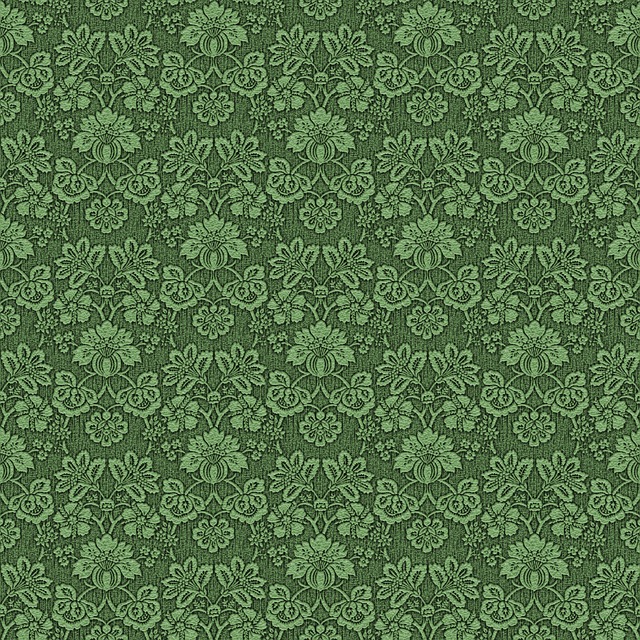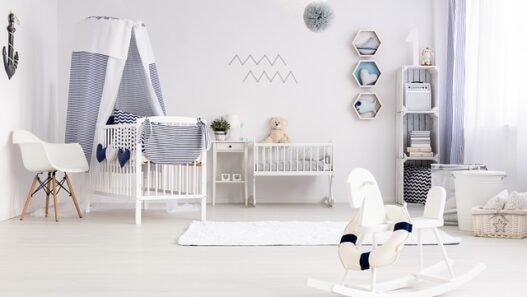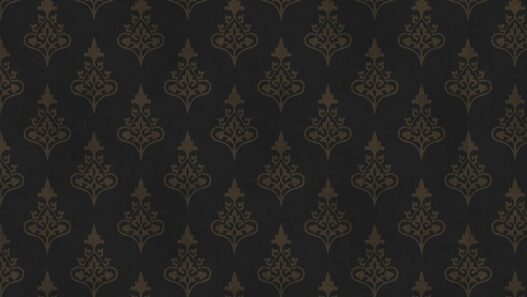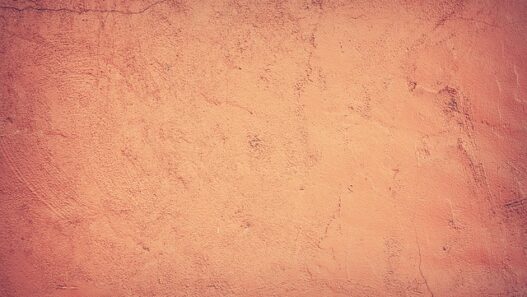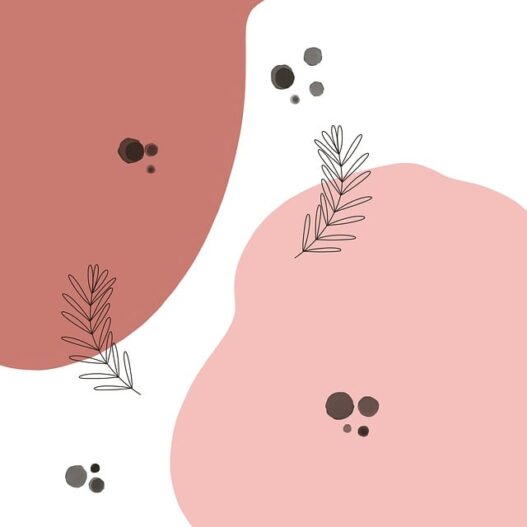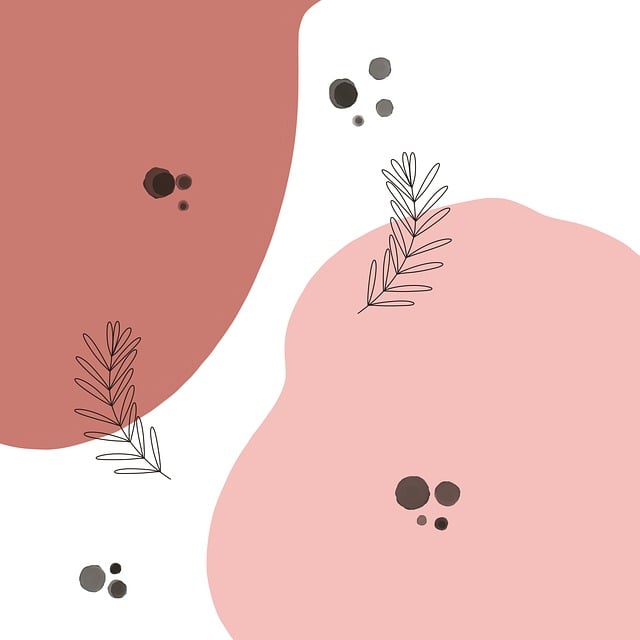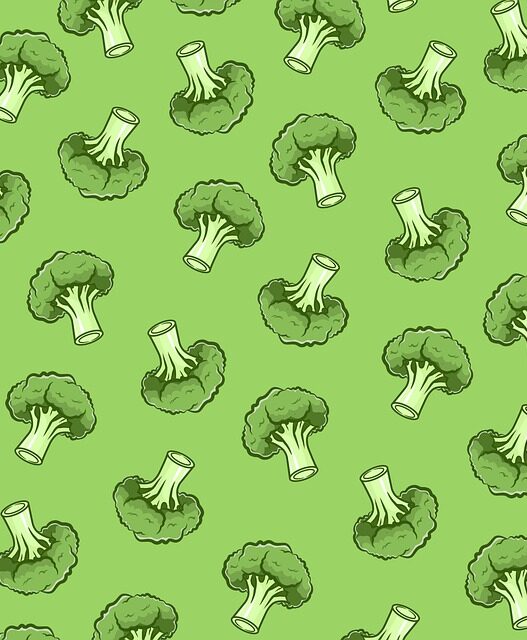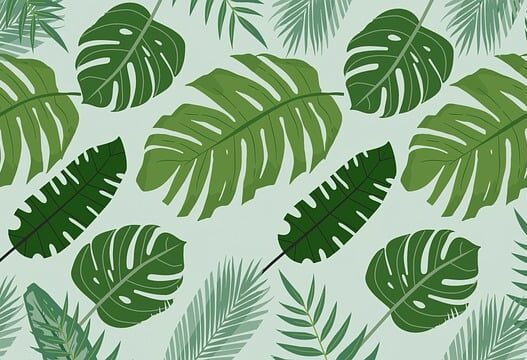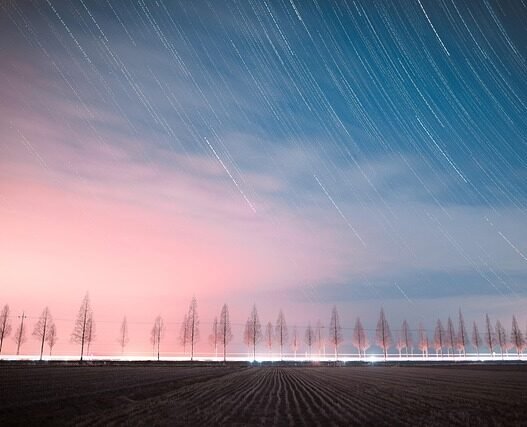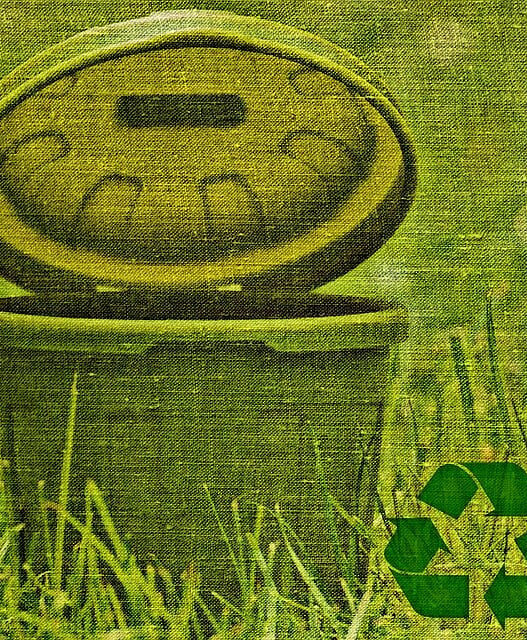In a world increasingly conscious of its environmental footprint, the realm of interior design is no exception. We’re moving beyond mere aesthetics, seeking out choices that not only look good but also do good. This growing awareness has given rise to the beautiful and responsible trend of biodegradable wallpapers, offering a stylish solution for those craving eco-chic interiors without compromising on sustainability.
For too long, traditional wallpapers have been viewed as a design indulgence with a hidden environmental cost. Many conventional options, particularly those made with vinyl (PVC), can off-gas harmful volatile organic compounds (VOCs) into our homes, impacting indoor air quality. Furthermore, their manufacturing processes often involve unsustainable materials and energy-intensive methods, and at the end of their lifecycle, they often end up in landfills, taking centuries to decompose, if at all.
But the tide is turning. Savvy consumers and innovative manufacturers are championing wallpapers that are kind to both people and the planet. Biodegradable wallpapers are at the forefront of this movement, offering a guilt-free way to adorn your walls with stunning designs.
What Makes Wallpaper “Biodegradable”?
The term “biodegradable” means that a material can naturally break down into harmless components in the environment, typically through the action of microorganisms. For wallpaper, this means a careful selection of materials from start to finish:
-
Sustainable Base Materials: The foundation of biodegradable wallpaper is usually paper sourced from responsibly managed forests, often certified by organizations like the Forest Stewardship Council (FSC). This ensures that the wood pulp comes from renewable resources, minimizing deforestation. Beyond paper, some innovative options utilize natural fibers like bamboo, hemp, jute, or even recycled post-consumer waste paper. These materials are inherently biodegradable and renewable.
-
Non-Toxic, Water-Based Inks: Traditional wallpaper printing can use solvent-based inks that release harmful chemicals. Biodegradable wallpapers employ water-based or vegetable-based inks that are free from heavy metals, VOCs, and other toxic substances. These inks have a significantly lower environmental impact and contribute to healthier indoor air quality.
-
PVC and Phthalate-Free: A major differentiator is the absence of PVC (polyvinyl chloride) and phthalates. Vinyl wallpapers, while durable, are not biodegradable and can release harmful chemicals. Biodegradable alternatives completely forgo these problematic materials, opting for safer, more natural components.
-
Eco-Friendly Adhesives: The adhesive used to hang the wallpaper also plays a crucial role. Biodegradable wallpapers are often designed to be used with water-based, non-toxic, and low-VOC pastes. Some even come pre-pasted with environmentally friendly adhesives activated by water, eliminating the need for additional chemical-heavy glues.
The Benefits of Going Biodegradable
Choosing eco-friendly wallpaper extends far beyond simply looking good; it offers a multitude of benefits for your home and the planet:
- Improved Indoor Air Quality: By eliminating VOCs and harmful chemicals, biodegradable wallpapers contribute to a healthier living environment. This is especially vital for bedrooms, nurseries, and spaces where you spend a lot of time.
- Reduced Environmental Impact: From sustainable sourcing of materials to cleaner manufacturing processes and eventual decomposition, these wallpapers minimize their carbon footprint throughout their entire lifecycle.
- Responsible Waste Management: At the end of its life, biodegradable wallpaper can be safely disposed of without contributing to long-term landfill problems. Depending on the specific materials, some can even be composted.
- Aesthetic Appeal: Don’t mistake “eco-friendly” for “limited design.” The market for biodegradable wallpapers has exploded, offering an incredible array of patterns, textures, and colors, from minimalist chic to bold botanical wallpaper and intricate geometric designs.
- Supports Sustainable Practices: By opting for these products, you’re directly supporting companies committed to ethical and environmentally responsible manufacturing, driving positive change in the industry.
Embracing Eco-Chic in Your Interiors
Integrating biodegradable wallpaper into your home is a stylish statement of your commitment to sustainability. Consider these aspects when making your choice:
- Certification Matters: Look for certifications like FSC (Forest Stewardship Council) for paper sources, and inquire about GreenGuard or OEKO-TEX® certifications for low VOC emissions and absence of harmful substances.
- Material Transparency: Reputable brands will be transparent about the materials they use, from the paper base to the inks and coatings. Don’t hesitate to ask questions.
- Pattern and Texture: Biodegradable options now boast stunning designs. You can find everything from elegant understated textures that mimic grasscloth or linen, to vibrant tropical leaf wallpapers and sophisticated geometrics, all printed with non-toxic inks.
- Adhesive Compatibility: Ensure you choose a wallpaper paste that aligns with your eco-conscious goals. Many biodegradable wallpapers recommend specific water-based, low-VOC adhesives.
The shift towards sustainable interior design is not just a passing fad; it’s a fundamental change in how we approach our living spaces. Biodegradable wallpapers are a shining example of this evolution, proving that you don’t have to sacrifice style for sustainability. By making informed choices, you can create a home that is not only beautifully decorated but also contributes to a healthier planet for generations to come.
